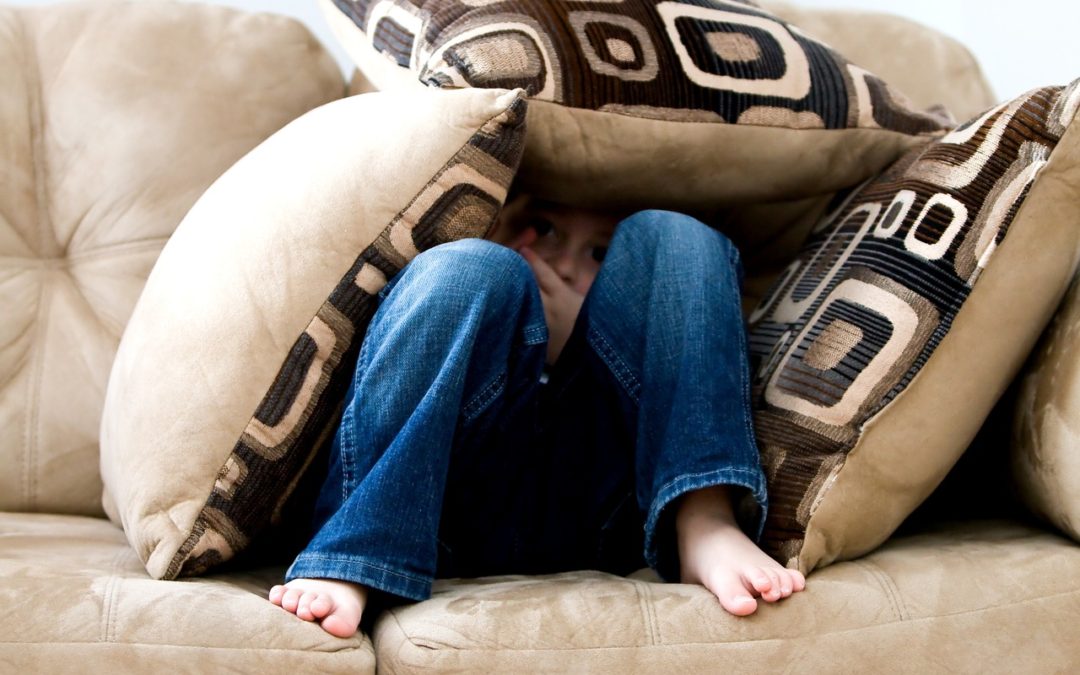Thinking of the worst case scenario is often a natural part of planning a new initiative. What could go wrong? How bad will it be? Certainly useful questions. The problems arise when we get stuck in the worst case scenario and lose sight of the bigger picture.
Stuck in the worst case scenario
Our negativity bias as human beings means that most of us are naturally more likely to focus on the negative aspects of something when experienced with a similar degree of positives. And, that attribute probably helped our ancestors survive by remembering such things as which watering holes contained the deadly snakes!
Unnoticed however, this bias could cripple any new project or initiative. Negativity bias and the fear it evokes can make you feel unable to move forward. We can get so caught-up in worrying about the worst case scenario that we forget to properly consider its severity. Ask yourself:
- How bad is ‘bad’? Are we really talking about deadly snakes?
- How realistic is my risk assessment and how likely is the worst case scenario?
- Have I fully considered what I can do in the event that something does go very wrong?
- Who/what could support me in such a situation?
The bigger picture
Don’t forget to appreciate the bigger picture. Remind yourself of what attracted you to the initiative — perhaps even write these down side-by-side with the negatives.
You may get so bogged down in analysing the worst case scenario that you might forget your original intent. You might forget what excited you about the initiative in the first place. And, even if it turns out that there are risks, and there probably will be, you may decide that these are worth taking.
Final Thoughts
Fully considering the risks of an initiative is fundamental to giving yourself the best chance of putting your idea into action. That’s called being sensible. Just be aware of when your mind might get stuck in the worst case scenario to the exclusion of everything else.


Recent Comments